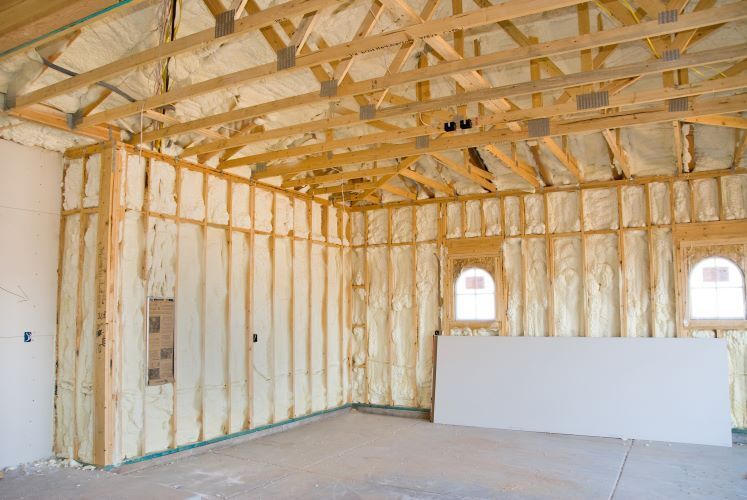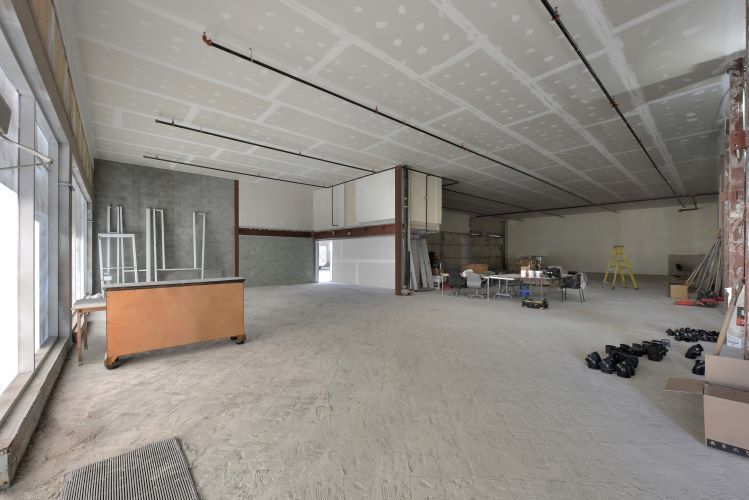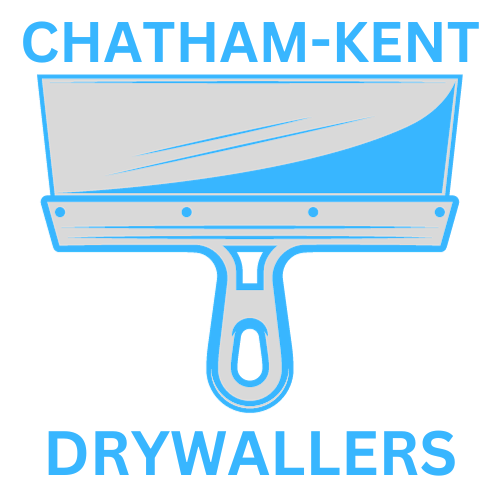Finding the Best Expert for your Construction Drywall Service

When it comes to construction projects, selecting the right drywall expert can make all the difference in achieving superior results. As a leading drywall company in Chatham, Ontario, Chatham-Kent Drywallers is committed to delivering exceptional service and craftsmanship for residential and commercial clients alike. In this article, we'll discuss essential tips for finding the best drywall expert and why Chatham-Kent Drywallers is the ideal choice for your construction needs.
Tips for Finding the Best Drywall Expert:
- Experience and Expertise:
- Look for drywall contractors with extensive experience and expertise in the industry. Choose professionals who have a proven track record of successfully completing projects similar in scope and complexity to yours. Chatham-Kent Drywallers boasts years of experience in the drywall industry, with a team of skilled professionals dedicated to delivering top-quality results.
- Licensing and Insurance:
- Ensure that the drywall expert you hire is fully licensed, bonded, and insured to protect yourself and your investment. Licensed contractors adhere to industry standards and regulations, providing peace of mind and accountability throughout the project. Chatham-Kent Drywallers is fully licensed and insured, giving you confidence in the quality and reliability of our services.
- Reputation and Reviews:
- Research the reputation of potential drywall contractors by reading online reviews, testimonials, and references from past clients. Positive reviews and testimonials are indicative of a contractor's professionalism, reliability, and customer satisfaction. Chatham-Kent Drywallers takes pride in our reputation for delivering exceptional service and exceeding client expectations.
- Quality of Workmanship:
- Evaluate the quality of the contractor's workmanship by reviewing their portfolio of completed projects. Look for examples of projects similar to yours and assess the attention to detail, craftsmanship, and overall finish. Chatham-Kent Drywallers showcases a portfolio of past projects demonstrating our commitment to excellence and superior craftsmanship.
- Communication and Collaboration:
- Choose a drywall expert who values open communication and collaboration throughout the project. Effective communication ensures that your needs and expectations are understood and met, and any concerns or issues are addressed promptly and professionally. At Chatham-Kent Drywallers, we prioritize clear and transparent communication to ensure a seamless and stress-free experience for our clients.
Why Choose Chatham-Kent Drywallers:
- Superior Craftsmanship:
- At Chatham-Kent Drywallers, we take pride in our commitment to delivering superior craftsmanship and attention to detail on every project. Our skilled team of professionals is dedicated to ensuring the highest quality results that exceed client expectations.
- Exceptional Service:
- We prioritize customer satisfaction and strive to provide exceptional service from start to finish. Our team works closely with clients to understand their needs, preferences, and budget constraints, ensuring a customized solution that meets their requirements.
- Timely Completion:
- We understand the importance of meeting project deadlines and work diligently to ensure timely completion of every project. Our efficient and organized approach allows us to deliver results on schedule without compromising quality.
- Competitive Pricing:
- We offer competitive pricing for our drywall services without sacrificing quality or craftsmanship. Our transparent pricing structure ensures that clients receive fair and honest estimates with no hidden fees or surprises.
- Commitment to Excellence:
- With a strong commitment to excellence and customer satisfaction, Chatham-Kent Drywallers is the trusted choice for all your drywall needs in Chatham, Ontario. Whether you're renovating your home or constructing a new commercial building, you can rely on us to deliver outstanding results that stand the test of time.
Conclusion:
When it comes to choosing a drywall expert for your construction project, it's essential to consider factors such as experience, reputation, quality of workmanship, and communication. By following these tips and selecting a reputable contractor like Chatham-Kent Drywallers, you can ensure a successful outcome and a stress-free construction experience. Contact us today to learn more about our services and how we can help you achieve your project goals.
You might also like



